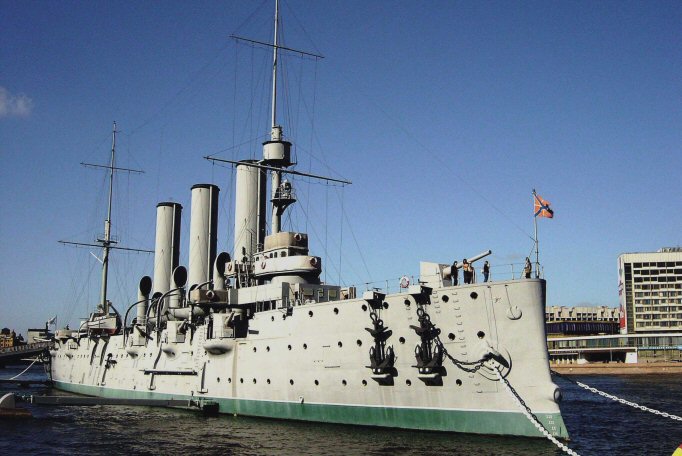 I just returned from a conference in St. Petersburg, Russia. As I mentioned in an earlier post, the focus of the week was to develop our leadership skills as school presidents and executives. I've been leadership seminars and classes, so there wasn't too much "new material" per se. But what was revealing was the conversations from the various Russian and Ukrianian delegates who are still processing the effects of the Soviet (communistic) models of leadership and organizational dynamics.
I just returned from a conference in St. Petersburg, Russia. As I mentioned in an earlier post, the focus of the week was to develop our leadership skills as school presidents and executives. I've been leadership seminars and classes, so there wasn't too much "new material" per se. But what was revealing was the conversations from the various Russian and Ukrianian delegates who are still processing the effects of the Soviet (communistic) models of leadership and organizational dynamics. One recurrent theme was that the societies in the former Soviet Union are changing radically -- and the expectations from them as "Christian" leaders. I could only listen and learn. At the same time, I couldn't help but wonder what Russia would be like today had there been no communism and the oppression of religion for those 70 years.
On Wednesday afternoon, our group did a bus tour of St. Petersburg. This city had been the capital of Russia for over 200 years until the communist revolution. So we got to see our share of palaces, government buildings, monuments, statues, cathedrals, shipyards, prestigious concert halls, and even an active synagogue. However, it was obvious that many buildings and streets throughout the city were in disrepair. It seems as most of the Petrodollars are staying in Moscow.
The picture you see is of the Aurora, the boat from which the October Revolution of 1917 began and launched Vladimir Lenin and the communist party into power. When we got out of the bus to look at the Aurora, Ilya pulled me aside and said, "We (Russians) say that was the most powerful boat in the world. It fired only one shot, but it ruined an entire country for 70 years."



2 comments:
That's a classic Ilya piece of information. And thanks for mentioning the Leadership book. I've added it to my list of "to get real soon" books. Hope all is well.
There is also a companion book, "Christian Reflections of Leadership Challenge" with the following contributors: (of course, K&P, John Maxwell, David McAllister-Wilson, Patrick Lencioni, Nancy Ortberg, and Ken Blanchard. It's recommended to read both books parallel with each other.
Post a Comment